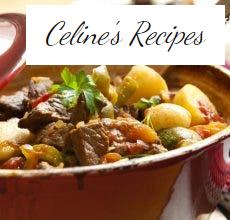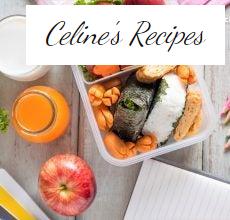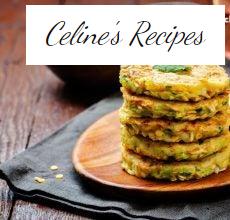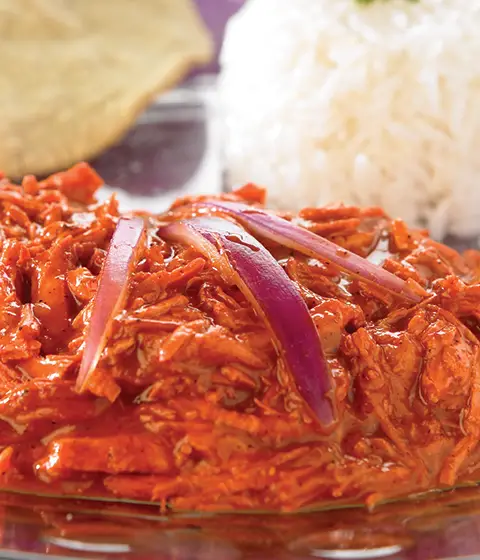Pak choi and other Japanese vegetables .
Surely you have been seeing our beloved pak choi, Chinese cabbage, in your supermarket for a long time. It is very common in Asian cuisine and oriental stores.
Thanks to its easy digestion and numerous benefits for our health, pak choi is becoming a super popular vegetable that is also already grown in our country.
As it is not very mainstream yet , today I will talk about Pak choi and other Japanese vegetables for you to find, try and enjoy.
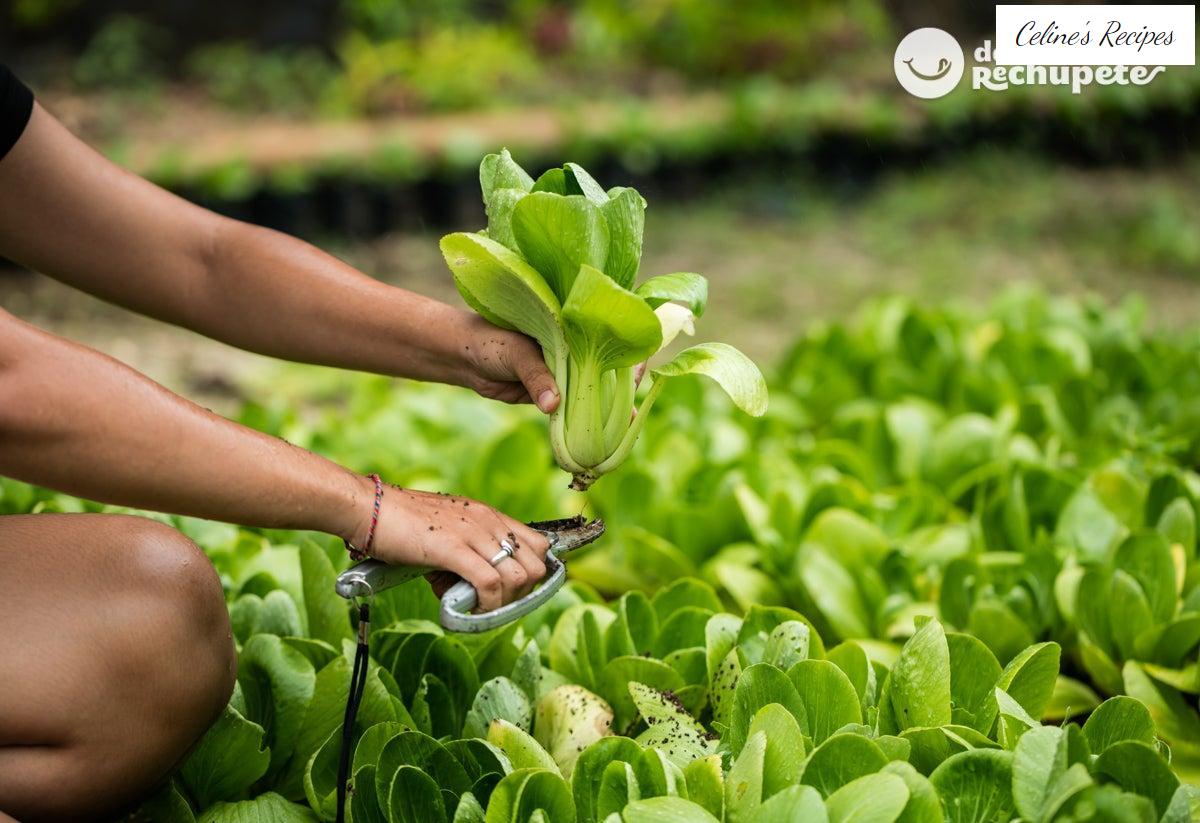
What is it?
The reality is that the pak choi is a cabbage. When young it is usually eaten raw, but it should be cooked. It is very versatile and its flavor is very special.
At first glance it may look like a chard, but it belongs to the group of crucifers (such as broccoli or cauliflower) . Its difference with other Chinese cabbages is that in their development they do not form heads, but leaves in a way similar to celery or mustard.
Basically it is an open bud with a whitish and wide trunk, broad and fleshy leaves of green tones that does not grow beyond 50 cm. As I was saying, it is traditional in China and Japan, but its cultivation already spreads throughout Europe and in Spain its production is in Almería.
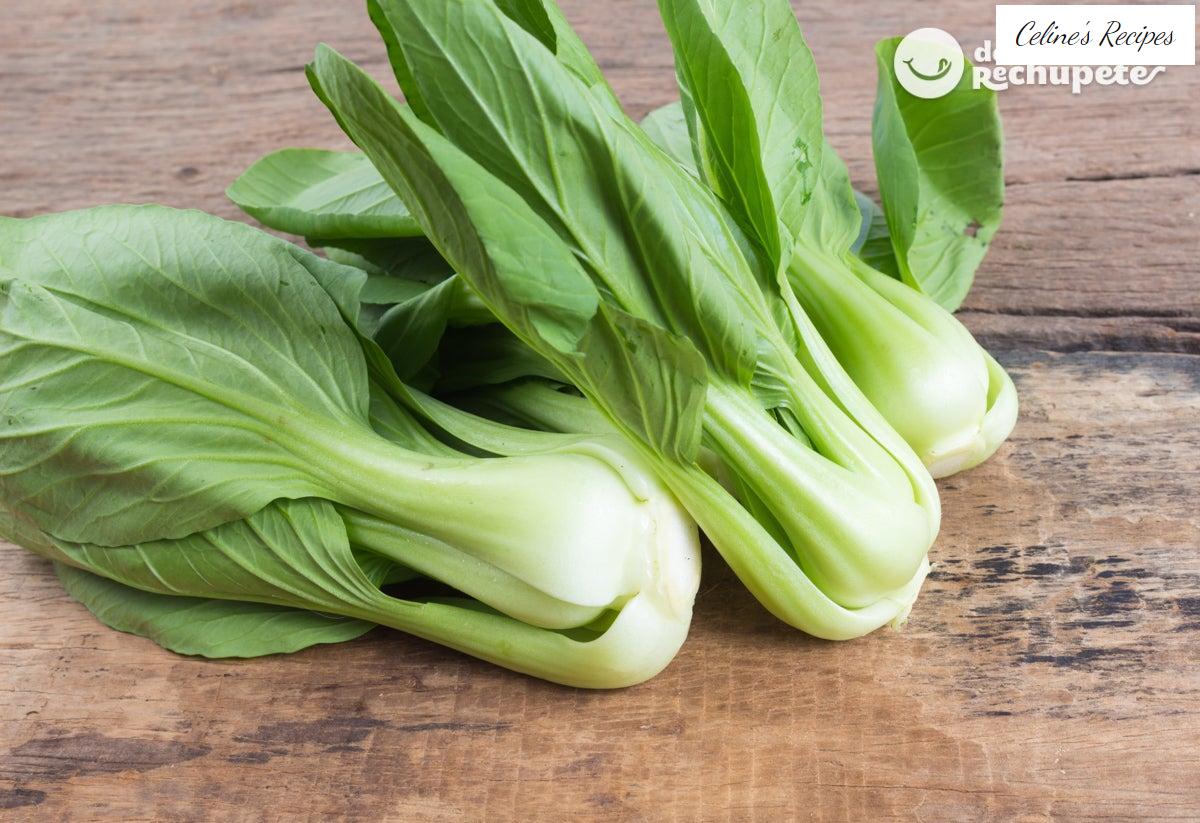
Pak Choi benefits
- The choy pak (Brassica campestris) or Chinese cabbage is a vegetable is very nutritious and helps burn fat. How in the cabbage family is a great ally to improve digestion, due to the amount of fiber it contains. It also provides antioxidants and phytonutrients, which destroy free radicals and protect cells.
- Source of vitamin K and calcium that help you keep bones healthy and strong. A 70 gram serving of pak choy can provide you with as much calcium as a 125 ml glass of milk.
- It can help reduce joint pain and allergies.
- And above all it is an ideal food to lose weight, since in addition to providing the nutrients and vitamins mentioned, it is very low in calories, with about 13 per 100 grams of pak choy.
- It contains vitamin B6, B2, CA, iron, magnesium, phosphorous, potassium and zinc, among others. 100 grams of pak choy provide 75% of daily vitamin C needs.
When is it at its best? Season
- The main growing countries for Pak Choi are China, Korea, Japan, the Philippines, and Vietnam. With which we will find in all markets, especially in Winter.
- Today, and due to the current influence of oriental cuisine on our diet, there are a large number of producers in Spain that already cultivate it and it is relatively easy to find it in the Asian supermarkets in our country.
- The production of Pak Choi in Spain is similar to the rest of its family, cabbages and cabbages, its best moment is Winter. Two fields of Pak Choi vegetables are usually given in the fields of Valencia and Andalusia in the cold months.
What does it taste like?
It is best that you try it, of course, but to give you a hint I will tell you that its raw leaves have a bitter touch, like the endive , but that when you cook it it is much softer, sweeter and similar to spinach or chard . You can remember thistle , for its crispness.
The stems are harder and take longer to cook, but in soups it is a delight.

How is it done?
- Like other vegetables of this nature, you should keep it in the fridge for no more than three days after buying it. Before cooking, wash the leaves well and throw away those that are not well.
- You can cut the leaves and separate them to cook separately, chop them or cut everything into julienne, stem and leaves.
- To better notice its flavor and not lose its texture, try not to overcook it, leaving it al dente. It does not usually hold very long cooks well, so it is necessary to soften the stems by cooking them before.
- You can boil it, as I was saying, cook it in the wok . A maximum of three minutes is sufficient.

- A very simple way to prepare the pak choi is by steaming the leaves for a maximum of 3-4 minutes and serving them with toasted sesame seeds, a little soy sauce and an aromatic oil.
- As I show in the photo above. Hot spices also do very well, as do other seeds and nuts.
In this ramen recipe I did not use it but you can encourage yourself to make ramen and include the pak choi in this delicious broth. We have also prepared it as an accompaniment to these Chinese noodles , it gives it a delicious touch.
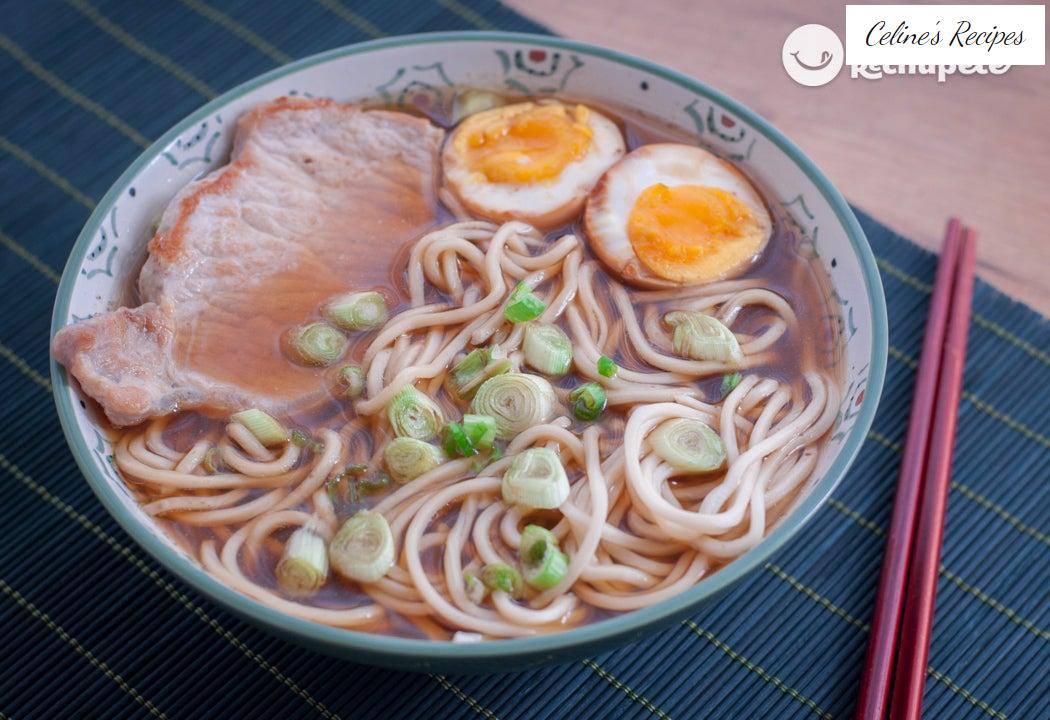
Other Asian vegetables
In addition to pak choi, if you like Japanese food here are some of my latest discoveries.
For example the eddo , a brown tuber with small roots (similar to the potato in flavor and texture) but only when you cook it. Raw is toxic, so be careful.
Hasuki is also known as Chinese cabbage, but unlike pak choi, its texture and appearance is similar to lettuce and its less acidic flavor. Mostly used in raw
Japanese aubergine. It is a delicacy with a very different appearance although similar to traditional eggplant. They are more elongated and in a lighter purple hue. Its interior is whiter, they are easier to cook and they are much more tender.
Finally the shiso , are some leaves that are used to give a minty and aromatic touch to the dishes. In Japan there are ojiso (green sisho) and akajiso (red sisho).
After this mini trip to Japan I invite you to try and innovate. That you discover and that you invent new recipes for yummy.
Arigato rejoices!
Did you like it? Share it!
Share Tweet Pin it To print
Receive a weekly email with new recipes and yummy recommendations.
Think of Pixels SL as the owner of Recetasderechupete.com, it will use the data you provide in this form only to send you blog updates. We treat your data with respect. For more information see the Privacy Policy . You can change your mind at any time and unsubscribe by clicking on the footer of any email you receive from this website, or by contacting [email protected]. Yummy recipes use Mailchimp as a platform for sending emails. Mailchimp is covered by the EU-US Privacy Shield agreement, approved by the European Data Protection Committee. By submitting this form you agree that your data will be transferred to MailChimp to process it in accordance with its Privacy Policy .
If you liked this article you will like:

How to pretend to be a wine expert

Printable weekly menu template

